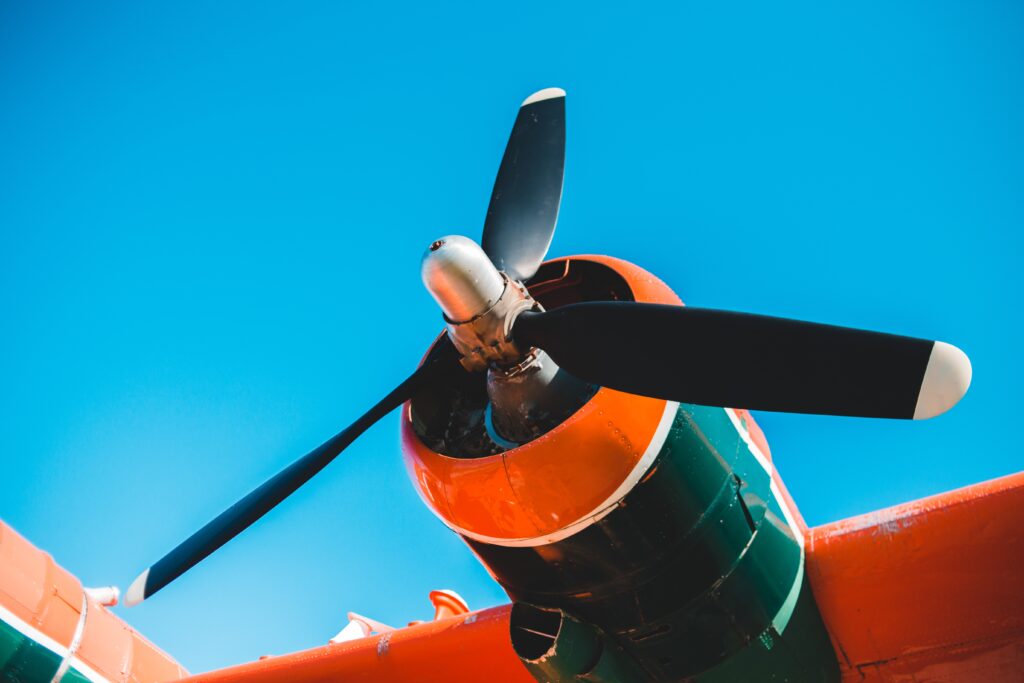
Fluid dynamics is essential to aircraft design and performance, a complex scientific and engineering field. This specialized section of fluid mechanics studies how gases and liquids move. Aviation requires fluid dynamics knowledge. This field governs how an airplane interacts with the air and its aerodynamic qualities, including lift creation, drag reduction, and fuel economy. An aircraft’s performance, safety, and efficiency depend on a deep knowledge and use of fluid dynamics in its design and operation.
Basics of Fluid Dynamics: A Pillar of Aerodynamics
Fluid dynamics, a subset of fluid mechanics, delves into the behavior of liquids and gases in motion. This discipline is crucial in understanding aerodynamics, as it provides insights into how air flows around aircraft, affecting lift, drag, and overall flight performance. One cannot emphasize enough the role of specialized fluids, like Skydrol 500B-4 Aircraft Hydraulic Fluid, in ensuring aircraft systems function efficiently under varying conditions. This fluid, for instance, has been tailored to offer optimal performance in aircraft hydraulic systems. Grasping the nuances of fluid dynamics enables engineers to design better, safer, and more efficient aircraft, underscoring its fundamental importance in aviation.
Bernoulli’s Principle: The Backbone of Lift
Bernoulli’s Principle, rooted in fluid dynamics, serves as one of the cornerstone concepts underpinning flight mechanics. At its essence, this principle stipulates a clear inverse relationship: as the velocity of a fluid (which includes both liquids and gases like air) increases, its internal pressure correspondingly decreases. When extrapolated to the aviation domain, this principle illuminates wing design and lift generation mechanics. The specially crafted curvature of an aircraft wing, often termed the airfoil, forces air to move more swiftly over its top surface than its bottom. This disparity in airspeed between the upper and lower surfaces creates a pressure differential, with the lower pressure on top and higher pressure below, resulting in the generation of the upward force known as lift, which is fundamental for the aircraft to become airborne.
Boundary Layer: Minimizing Drag
Aerodynamics relies on the boundary layer, a thin layer of fluid—usually air in aviation—that adheres to an aircraft’s surface. Fluid velocity gradients from a full stop at the aircraft’s surface due to friction to the surrounding flow’s free stream velocity as one goes away from the surface. This boundary layer is a major source of aerodynamic drag, which airplanes must overcome. Aerospace engineers use creative methods like winglets at the wingtips to channel airflow and reduce vortex formation to reduce drag. Specialized coatings or surface treatments can also change the boundary layer’s behavior, optimizing airflow, lowering drag, and increasing aircraft efficiency.
Compressibility: Facing the Sound Barrier
As aircraft velocities edge closer to the speed of sound, they grapple with the nuanced challenges introduced by compressibility effects. This aerodynamic phenomenon emerges when flying at high speeds, causing air molecules to bunch up or compress, subsequently giving rise to shock waves. These shock waves manifest as sudden and substantial air pressure and density alterations, significantly affecting the aircraft’s performance and control. A deep understanding of compressibility is essential for aircraft designed to operate at such high speeds. This knowledge informs the design and structural considerations, ensuring that these high-speed aircraft are both aerodynamically stable and equipped to handle the challenges of near-sonic and supersonic flight regimes.
Vortex Dynamics: The Challenge of Wingtip Vortices
Airflow near an aircraft’s wingtips produces turbulent, spinning vortices, a basic aerodynamic phenomenon. The pressure difference between the top and bottom surfaces of the wing causes high-pressure air from below to wrap around to the lower pressure region above, generating a vortex. While harmless, these vortices can damage the performance of the producing aircraft and, more importantly, challenge succeeding aircraft that can accidentally fly into their turbulent wakes. Studying fluid dynamics has helped academics and engineers understand and handle this phenomenon. The upward-curving wingtips, called winglets, reduce the power of these vortices, improving aircraft efficiency and sky safety.
Conclusion
The science behind fluid dynamics is a cornerstone in the realm of aviation. By delving into the behavior of air as it interacts with aircraft, engineers, and scientists can unlock enhanced performance, greater fuel efficiency, and increased safety. The continued research and understanding of fluid dynamics ensure that future generations of aircraft will be even more sophisticated, reliable, and efficient, showcasing the profound relationship between the principles of motion and the marvel of flight.


